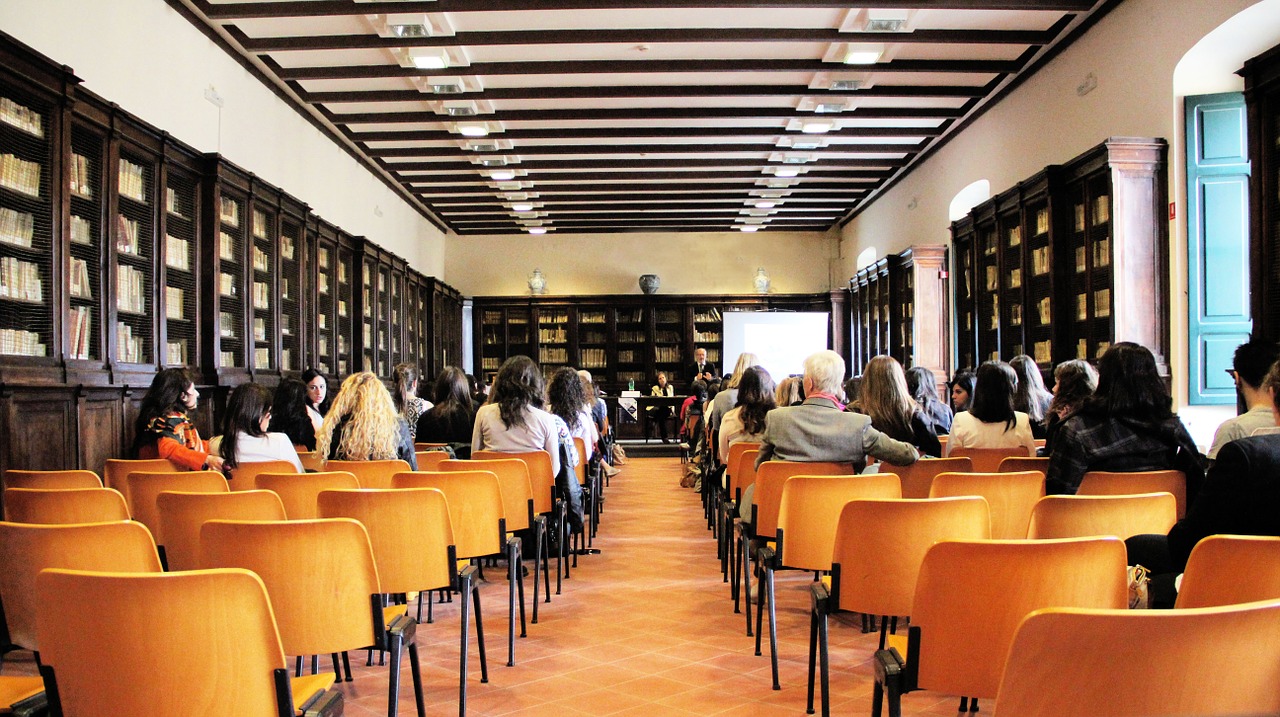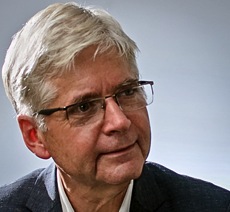Recently, I asked 27 Presentation experts from 6 countries to share their top tips for success. The suggestion which came up most often? Engage with the audience.

For many presenters, engagement – stopping and encouraging others to speak – isn’t always appealing. Just stopping to take a breath is difficult, especially when we are inexperienced.
Apart from nerves, new presenters often feel the need to know everything about the topic and (because we can never know everything) this raises their anxiety levels even further.
Using the ‘Expert Speaker’ role to give us the credibility to stand up at the front can often be about control, predictability or sheer self-preservation. Mostly though, it’s linked to nerves. If we allow anyone else the opportunity to speak, we feel there’s a risk of losing control and the presentation will be taken in a direction that we are not comfortable with. Covering the content that the audience are expecting is the very minimum we are required to do. However, it’s my experience that when we involve the audience in exploring the significance of our message, it becomes an altogether more satisfactory experience for everyone.
The Journey of Discovery Starts With a Question
Often, when we present, we may not be the only expert in the room. Perhaps there is experience and knowledge of the subject out there in the audience. Why not acknowledge this at the outset and make it clear that ideas don’t only need to come from the front. Involve them in the journey of discovery. Let’s find out who is in the room and what they are bringing with them.
Being open to audience participation increases the chances of what we have to say being aligned with the expectations of the audience. Once, after a presentation, I asked someone what they thought. ‘’Well, it’s not compatible with any of the systems we are using’’ was the reply which taught me that engagement begins even before the delegates show up. Asking the right questions, checking the information that’s been circulated prior to the event all reduce the risk of a disconnect.
When we’ve engaged and made it clear that we actually want the audience to contribute to the learning process, the source of experience and enquiry grows dramatically. If they haven’t been given the opportunity to participate, it’s difficult for them to speak up.
The size of the audience is a factor, of course but people feel more involved when they are invited to share the privilege of contributing. The value of the presentation moves to a higher, more inclusive level.
Whose Presentation Is It Anyway? Everyone’s
It’s easy to view the audience as a potentially difficult crowd whose intentions towards us are suspect. I try to approach each audience on the assumption they have nothing but goodwill towards me or, at worst, are neutral in their expectations.
Quite often we may have the impression that the audience just don’t want to be there. When this kind of negative feeling comes up, I will search for some real evidence to support its existence and more often than not, fail to do so. An open non-judgemental and engaging style is, in my experience, the most effective way to approach every presentation audience.
A long time ago, I signed up for a 2 day presentation that was being made by the world authority on the featured topic. I was genuinely interested because the subject related directly to the job I was doing at the time. Over 200 of us filled the room and we were not disappointed. At the end of Day 2, after a mesmerising masterclass delivered at breakneck speed, the speaker invited questions. There was something I had been wanting to ask all along so in the silence, I raised my hand and was asked to stand up. To my horror, the speaker walked quickly to my side of the room and announced into the microphone ‘Here he is, the man who has been waiting for 2 days to ask me the impossible question!’ Needless to say, I was surprised! Then I got nervous and my question came out in a slightly critical way. Looking back on that incident, I can only imagine that the speaker had either decided that all audiences were hostile and had to be dealt with summarily or he had scanned the room for troublemakers and I became a suspect the profile he had in his mind. Either way, his assumptions were mistaken.
My point is that if we assume that an audience is hostile, we may unconsciously condition them to respond in a hostile way or at least remain silent.
On the other hand, when we make the assumption that all audiences are benign, human nature has a chance to kick in and the audience responds appropriately. (That’s not to say that disagreement can’t be part of the learning process but that’s another topic). So, when a challenge does arise, being defensive or aggressive is likely to raise our fear levels and reduce rational, reasonable engagement levels.
If you feel that a challenge or question can add value to the presentation, acknowledge a challenging question, respect it, respond to it based on your knowledge and experience then consider opening it out for others to comment. After that, move on. It’s a sideshow, not the main event.
Engagement Doesn’t Mean Chatting
Disagreement is welcome and if we can handle it using some of the techniques described here may help. If we have already engaged with the audience, aggressive confrontation will go against the spirit of mutual respect which you have been encouraging.
After a long time of expecting the worst from every audience, I finally came to a point, as I have said, where I discovered that the way I engage with the audience is reflected in the way they respond to me.
I used to rush through a presentation, tense and avoiding any sign or response which might trigger a comment or question. My body language was guarded and not surprisingly, all of that was mirrored in how I saw the audience looking at me…from a distance!
When I decided to approach the folks in front of me on the basis that they were actually interested in the subject we were going to discuss, we all got along much better.
A presentation is an important task which, when we get the audience on board by using our own authentic approach, we can be confident that it will be completed, maybe not always in the way we expected it to be done but we will get a result.
A presentation isn’t like having a chat. That’s not engagement. It’s about entering into a dialogue and sharing the discovery experience together.
I still experience nerves and I think they will always be there because presentations are a performance and nerves give us an edge which enhances that.
It was when I worked out how to engage with an audience that I started to enjoy my nerves.

 After working in sales and then purchasing roles for almost 18 years with companies in the UK, Japan, Korea and then here in Hong Kong, I became involved in the field of business skills development. 20 years later, my special interests in this area are individual management style building, interpersonal communication and influencing strategies.
After working in sales and then purchasing roles for almost 18 years with companies in the UK, Japan, Korea and then here in Hong Kong, I became involved in the field of business skills development. 20 years later, my special interests in this area are individual management style building, interpersonal communication and influencing strategies. 